
This great artist, Catalan by origin and Mexican by adopt...
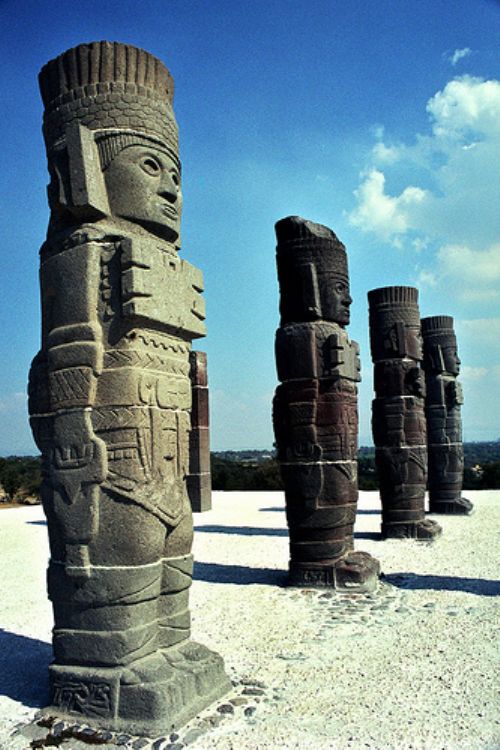
Numerous indigenous groups occupied the territory of the present-day state of Hidalgo. The first to arrive were the Toltecs in the year 645 A.D., founded the city of Tulacingo followed by the city of Tolla , now Tula, some sixty years later, which became the capital of this empire that ruled over the destinies of the Mesoamerican world. One of the prominent leaders of this culture was Toiltzin, lord of the arts and architecture. All this ended as the Chimicheca tribes invaded Tula and precipitated the fall of the Toltec empire in the year 1156.
During the XIV century the Aztecs settled in Huejutla and Patlachihuacan, the latter now the city of Pachuca and state capital, while the Acolhua natives took hold of Tulancingo and Apan.
The Spanish conquest soon arrives on Hidalgos land due to its proximity to the great city of Tenochtitlan, and in the year 1521 the colonizers had already invaded the ancient localities of Tototepec and Meztitlan. The wars to dominate every one of the indigenous groups advance and the Spanish gradually gain absolute control of the region. One year later, explorer Alonso Perez de Zamora discovers the silver mines at Real del Monte, giving birth to the establishment of mining communities across the surrounding areas.
During the independence war, local rebels such as Julian Villagran, Jose de la Cruz, Miguel Serrano and Jose Maria Villagran, fought to free the province from Spanish domination. And so in the year 1821, just before the end of the quest for independence, rebel generals Nicolas Bravo and Guadalupe Victoria settle in Tulacingo where they work towards unifying the diverse ideals of all those that had fought for Mexican freedom. In the year 1868, the Union Congress declares the creation of the State of Hidalgo, and two years later its constitution becomes the rule of law.
The state society and authorities played major active roles during the endless decades of hardship for Mexicans as they had to struggle to overcome the French intervention, the Guerra de la Reforma war, the government of Benito Juarez, the dictatorship of Porfirio Diaz, as well as the intestine wars between conservatives, centralists, imperialists, liberals and federalists.
Eventually the state of Hidalgo evolves and develops, and witnesses the celebration of the Agricultural Conventions; the founding of the educational institutes of the Sociedades Mutualistas para Profesores, and the School of Arts and Trades; and the creation of the National Guard of Hidalgo as well as the Practical School of Mining Engineers, among many other economical and social advances.

This great artist, Catalan by origin and Mexican by adopt...
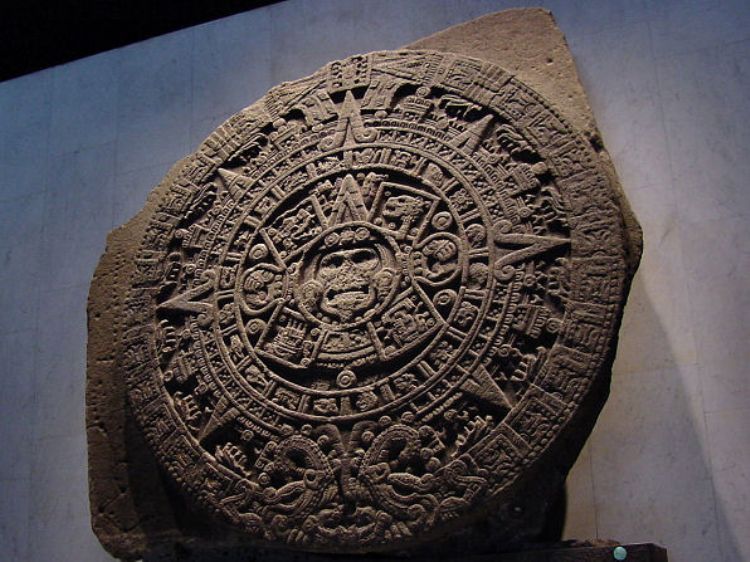
Mexico is a country with a great cultural dynamic, a vast...
.jpg)
Mexico offers mountain climbers tempting peaks to explore...

Mexican cuisine, worldwide famous and recently declared I...
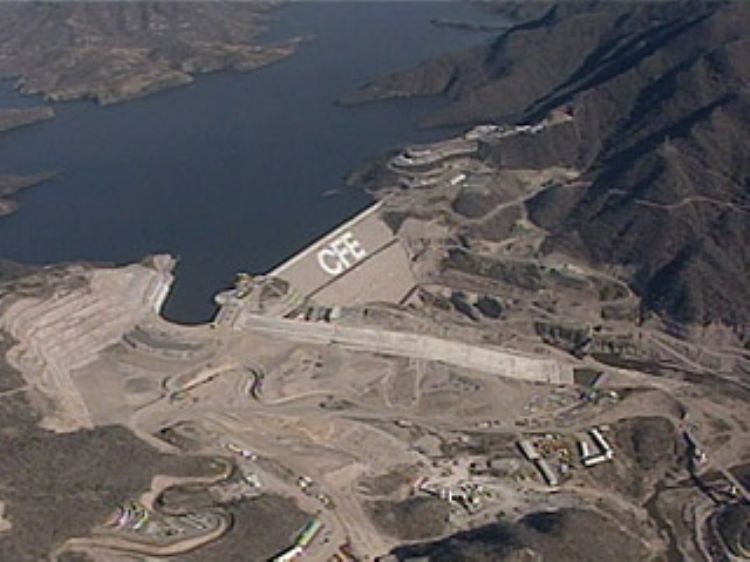
Until 2013, Article 27 of the Constitution gave exclusive...
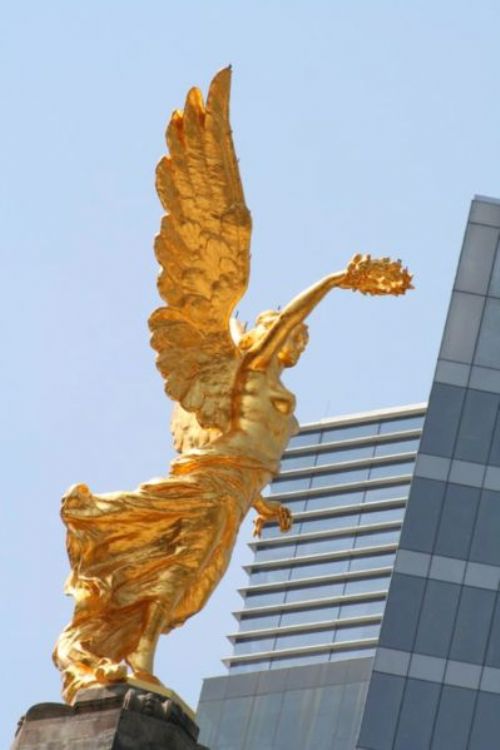
The Angel of Independence is, by far, a historical, urban...
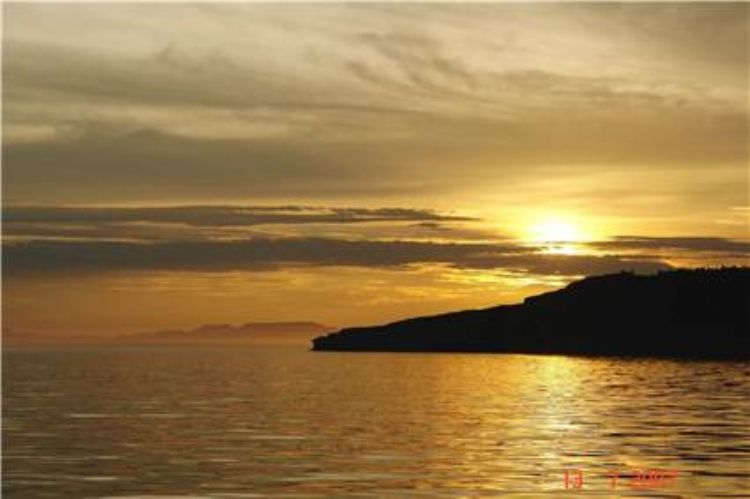
Tourism is one of the countryâs main economic activitie...